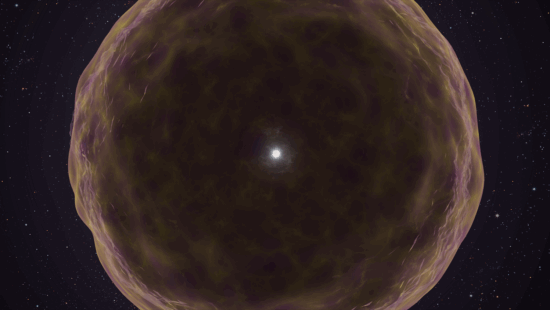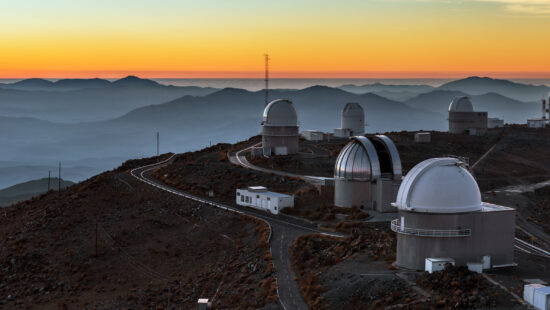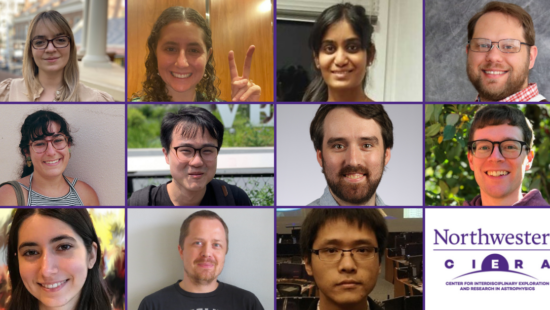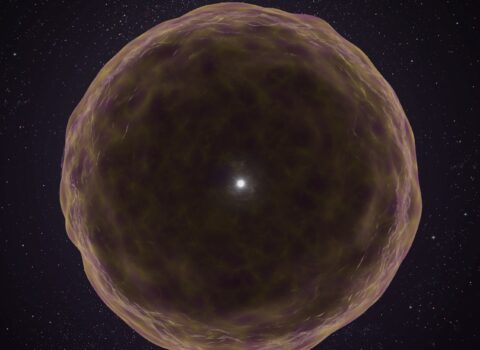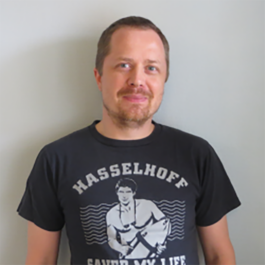
Dr. Schulze recieved their PhD at the University of Iceland. Following postdocs in Chile, Israel and Sweden, they have begun working with Prof. Adam Miller and his team to search for the appearance and disappearance of astronomical objects using the Zwicky Transient Facility, the La Silla Schmidt Southern Survey (LS4), and the Legacy Survey of Space and Time (LSST) at the Rubin Observatory. The most extreme of these changing objects – referred to as astrophysical transients – arise from the catastrophic deaths of stars as they explode in supernovae, and leave behind compact objects such as neutron stars (mass of the Sun, but 10 km across) or black holes. Their goal is to unravel the properties and environments of some of the most exotic transients identified to date, including gamma-ray bursts, the most luminous supernovae and the recently discovered sources of gravitational waves. This will allow them to significantly deepen the understanding of the stars that form these events, the physics that operate within them and their role in shaping the Universe at cosmic dawn.


